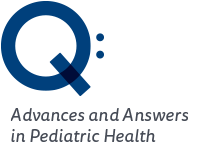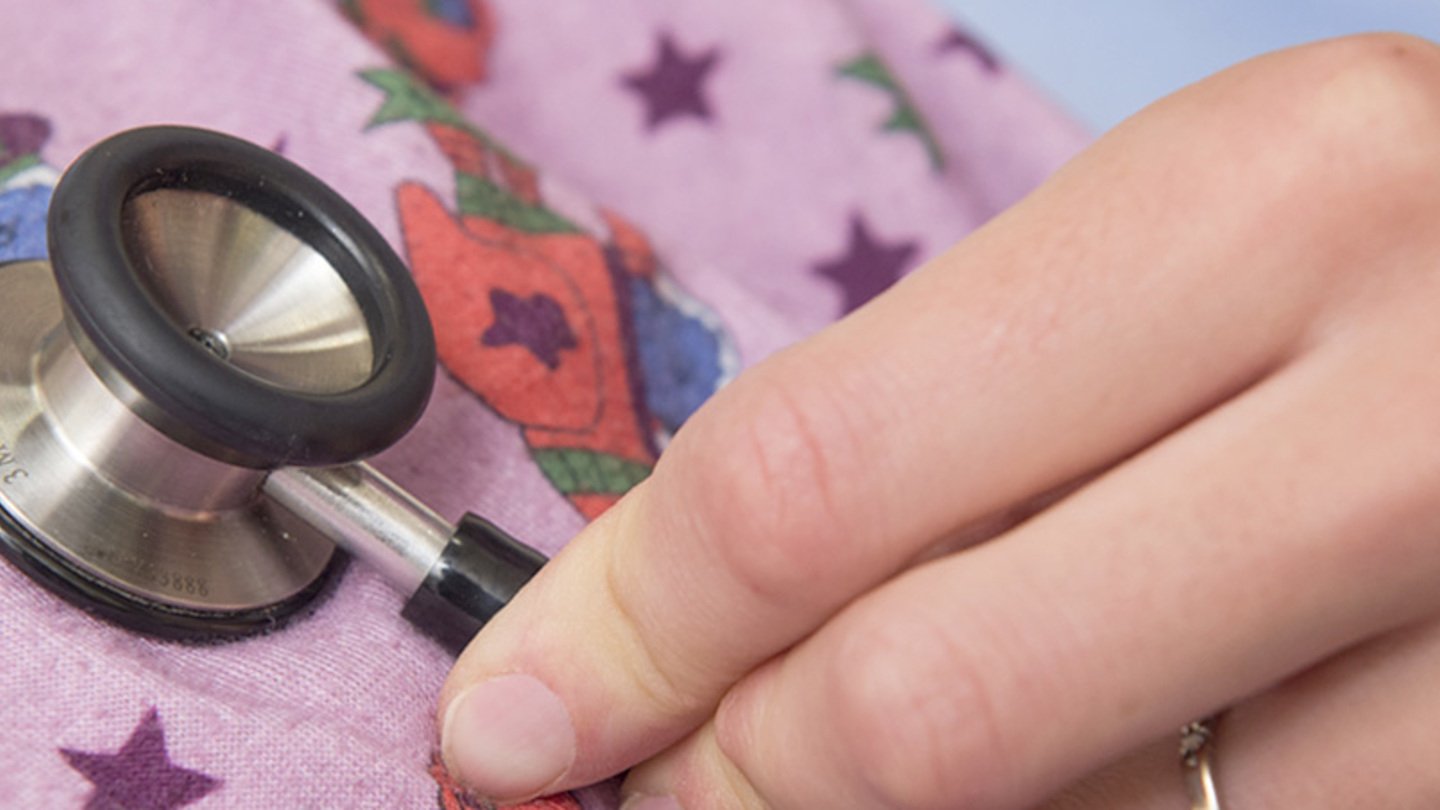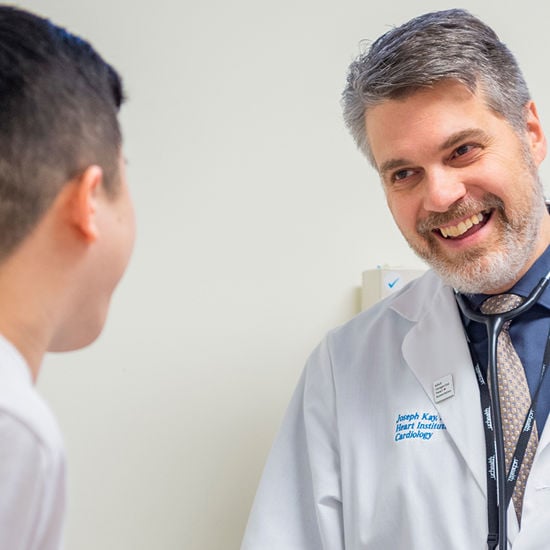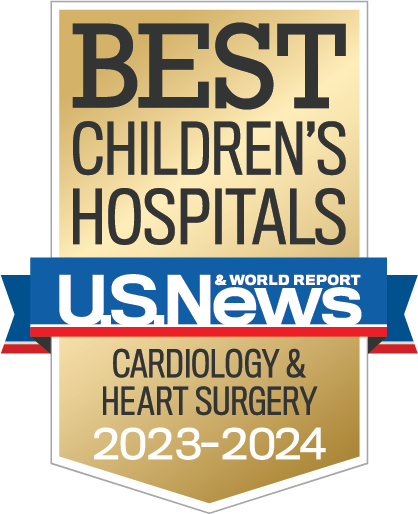- Doctors & Departments
-
Conditions & Advice
- Overview
- Conditions and Symptoms
- Symptom Checker
- Parent Resources
- The Connection Journey
- Calm A Crying Baby
- Sports Articles
- Dosage Tables
- Baby Guide
-
Your Visit
- Overview
- Prepare for Your Visit
- Your Overnight Stay
- Send a Cheer Card
- Family and Patient Resources
- Patient Cost Estimate
- Insurance and Financial Resources
- Online Bill Pay
- Medical Records
- Policies and Procedures
- We Ask Because We Care
Click to find the locations nearest youFind locations by region
See all locations -
Community
- Overview
- Addressing the Youth Mental Health Crisis
- Calendar of Events
- Child Health Advocacy
- Community Health
- Community Partners
- Corporate Relations
- Global Health
- Patient Advocacy
- Patient Stories
- Pediatric Affiliations
- Support Children’s Colorado
- Specialty Outreach Clinics
Your Support Matters
Upcoming Events
Mental Health Town Hall
Tuesday, April 23, 2024Join Children’s Hospital Colorado pediatric experts for a virtual...
-
Research & Innovation
- Overview
- Clinical Trials
- Q: Pediatric Health Advances
- Discoveries and Milestones
- Training and Internships
- Academic Affiliation
- Investigator Resources
- Funding Opportunities
- Center For Innovation
- Support Our Research
- Research Areas

It starts with a Q:
For the latest cutting-edge research, innovative collaborations and remarkable discoveries in child health, read stories from across all our areas of study in Q: Advances and Answers in Pediatric Health.



What is Marfan syndrome?
Marfan syndrome is a disorder of connective tissue, which is the tissue that strengthens parts of the body and holds it together. Because connective tissue is found throughout the body, Marfan syndrome can affect many areas of the body including the skeleton, heart, eyes, blood vessels, nervous system, skin and lungs. When undiagnosed, the syndrome can lead to significant heart problems – which is why routine heart care at the Marfan Syndrome Clinic is so important in improving the lives of kids with this condition.
In most cases, Marfan syndrome is inherited, which means it is passed down through families. People with the disorder are usually tall with long limbs and long thin fingers. Other common signs can include a spine that curves to one side (known as scoliosis), a chest that sinks in or sticks out, crowded teeth and/or flat feet. Some people with the condition have many of these traits, while other people only have a few. The earlier Marfan syndrome is identified and treated, the lower the risk of complications. Get more information about Marfan syndrome.
Why choose the Marfan Syndrome Clinic at Children’s Colorado?
The Marfan Syndrome Clinic at Children’s Hospital Colorado has been deemed the regional referral center for the Rocky Mountain region by the National Marfan Foundation. Our subspecialty clinic, located within our Heart Institute, focuses on the cardiac needs of patients with Marfan syndrome by:
- Using state-of-the-art equipment for heart testing and evaluation
- Monitoring patients and creating a care plan on an individual basis
- Providing guidance on how a heart condition affects the important milestones of adulthood, such as employment, pregnancy and physical activity
- Planning and reviewing the most appropriate treatment options including medicine, surgery and other therapies
- Collaborating with other subspecialties for multidisciplinary care and evaluation including genetics, orthopedics and ophthalmology
- Coordinating follow-up care as kids transition into adulthood
Learn more about our heart care for kids with genetic syndromes like Marfan.
A brighter future for kids with Marfan syndrome
It's now possible for children and adults with Marfan to live longer and enjoy a good quality of life. Although Marfan syndrome has no cure, treatments can help delay or prevent complications.
Resources for families
For more information about Marfan syndrome, visit the National Marfan Foundation website.
Learn more about your visit to the Heart Institute.

Compassionate care, wherever you are
We’re here when you need us. Telehealth appointments are available across every specialty, so you can get the high-quality care we’ve always offered from the comfort, privacy and convenience of home.
See if telehealth is right for you

Looking for a second opinion?
From heart conditions present at birth to adult congenital heart disease to heart conditions requiring surgery, our pediatric heart experts can provide a second opinion so you feel confident in your care plan.



 720-777-0123
720-777-0123




 We are one of the largest programs in the country treating patients with heart problems from before birth through adulthood, with exceptional outcomes.
We are one of the largest programs in the country treating patients with heart problems from before birth through adulthood, with exceptional outcomes.